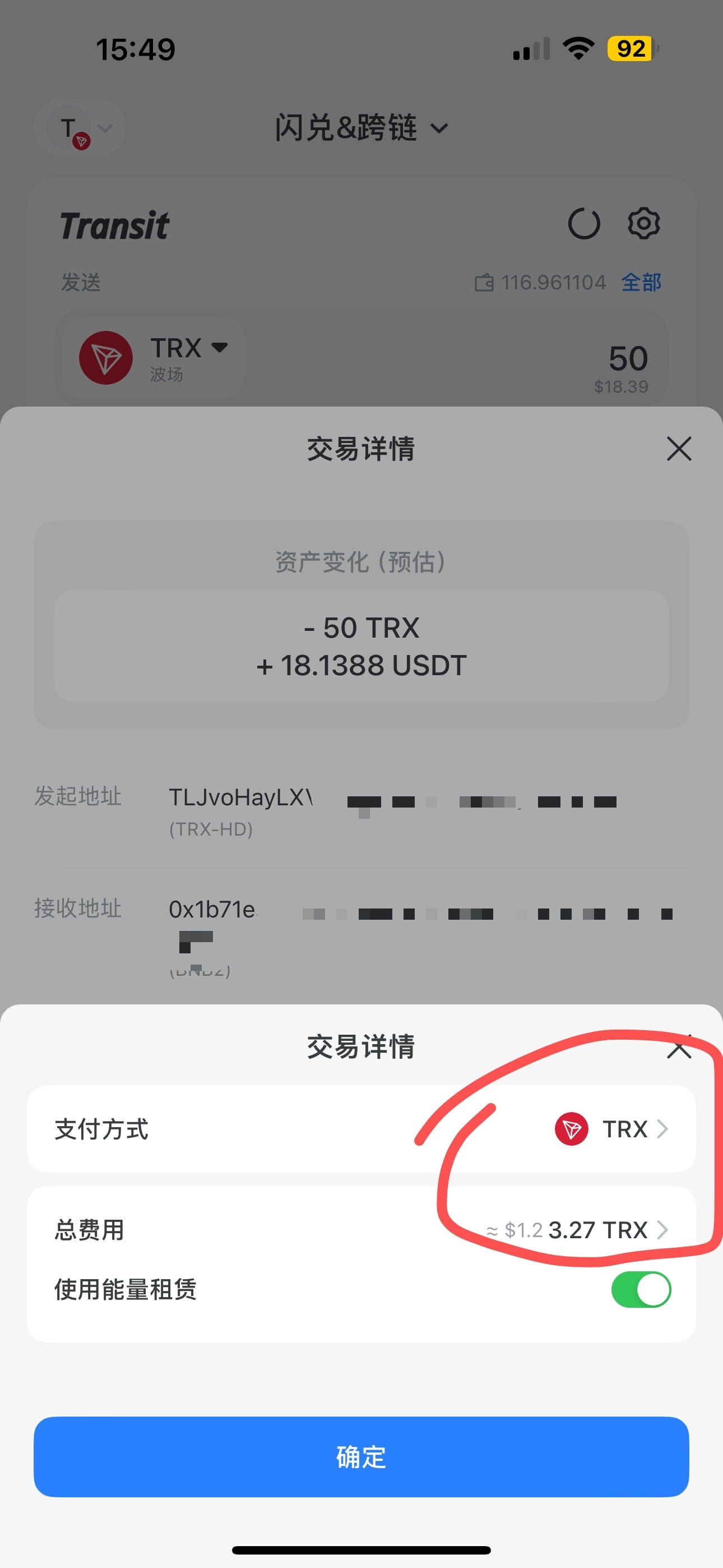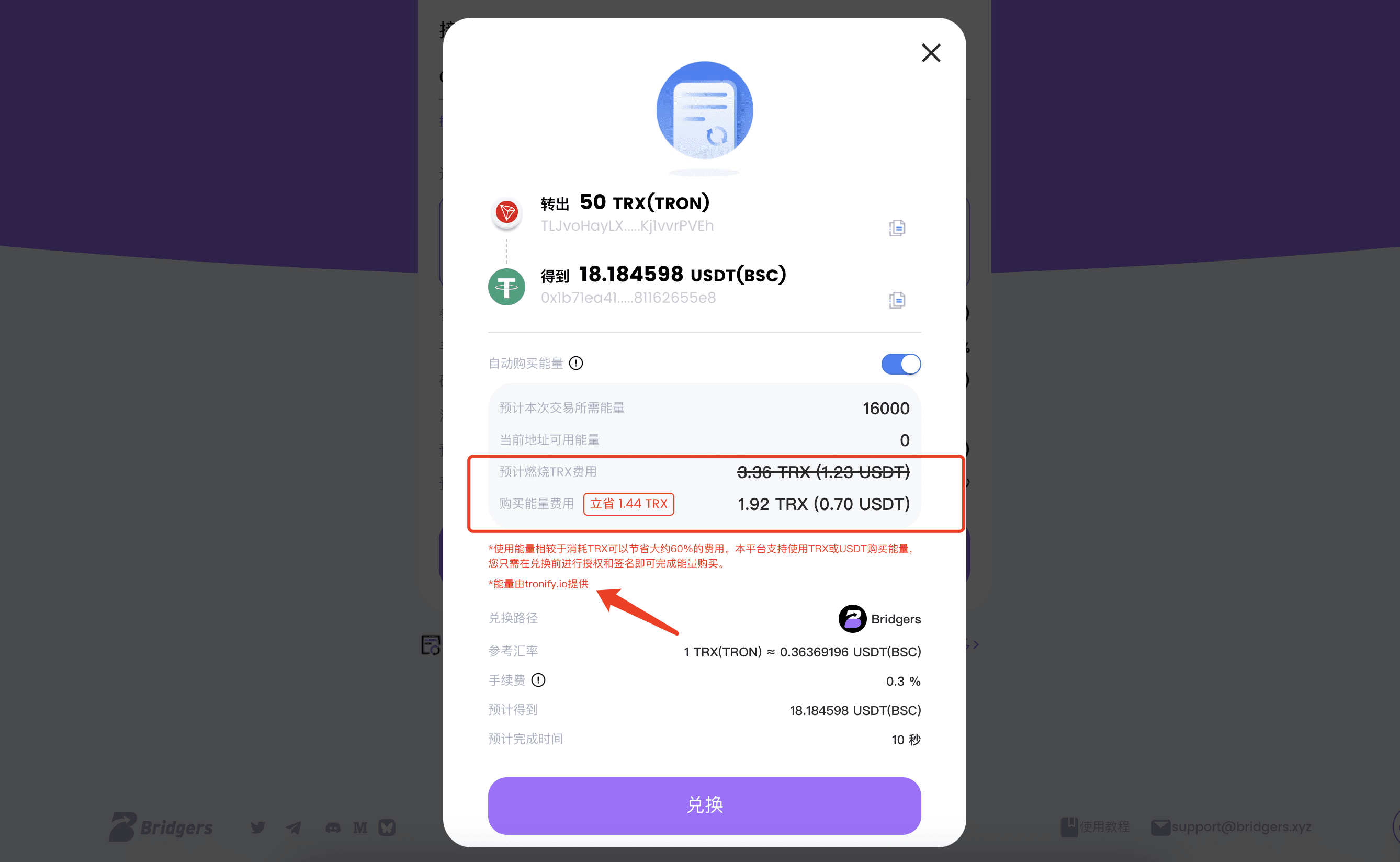If you transfer USDT or play DApps using the TRON (TRX) chain, you must have encountered situations like 'insufficient energy, astonishing fees.' Energy is like a mobile data package; once it's used up, you need to replenish it, otherwise operations get stuck, and spending extra TRX as fees is truly painful.
So the question arises, how can you buy 'energy' more economically? The energy rental provided by wallets is very convenient, but the prices often fluctuate, and during peak times, it can even be more expensive than directly burning fees. Everyone wants to save money and worry less, right? Let's first briefly explain TRON energy.
What is TRON energy?
In simple terms, transferring on the TRON chain or executing smart contracts requires consuming 'energy.' Without energy, transactions incur high TRX fees. So how can you save money?
The traditional method is to directly 'burn' TRX as fees, which is expensive;
Another option is to rent energy, using less money to rent the required resources;
You can also freeze TRX yourself to exchange for energy, but the flexibility is poor.
Real experience: a simple calculation
Here's a simple example:
Using TokenPocket to rent TRX > USDT (bsc) for the required energy costs about 3.27 TRX, and sometimes even exceeds 10 TRX.

Using the same operation with tronify, the fee often drops to around 1.92 TRX. The image below is a screenshot from the cross-chain platform Bridgers integrated with the tronify energy rental platform.

tronify experience entry: https://www.tronify.io/#/?sourceFlag=web3pro-bn
You can save at least 1 TRX, and in some cases, each transaction can save up to 8 TRX. The TRX consumed to purchase energy on two platforms can differ by up to 4 times, and if accumulated multiple times, it can quickly turn into dozens or even hundreds of TRX. For users who frequently transfer or operate DApps, the savings are enough for more than just a meal.
Why can the price be lower?
As a professional service provider, tronify centrally procures and allocates energy resources, reducing the costs of intermediary links.
The operational strategy focuses more on 'price and transparency,' rather than simply pursuing convenience and speed while ignoring costs.
There is also stable technical support and customer service, allowing users to use it with peace of mind at lower prices.
Summary
Where can you buy 'energy' on the TRON chain? In simple terms, renting in your wallet is convenient but has significant price fluctuations and slightly higher costs; while professional rental platforms like tronify offer more affordable and stable prices, suitable for users sensitive to fees and frequent operations.
If you want to spend less on the TRON chain, the key is to find the right place to buy energy and use a more cost-effective way to 'renew your data.' The more you learn and compare, the smarter you can be, and your wallet balance will be much easier.